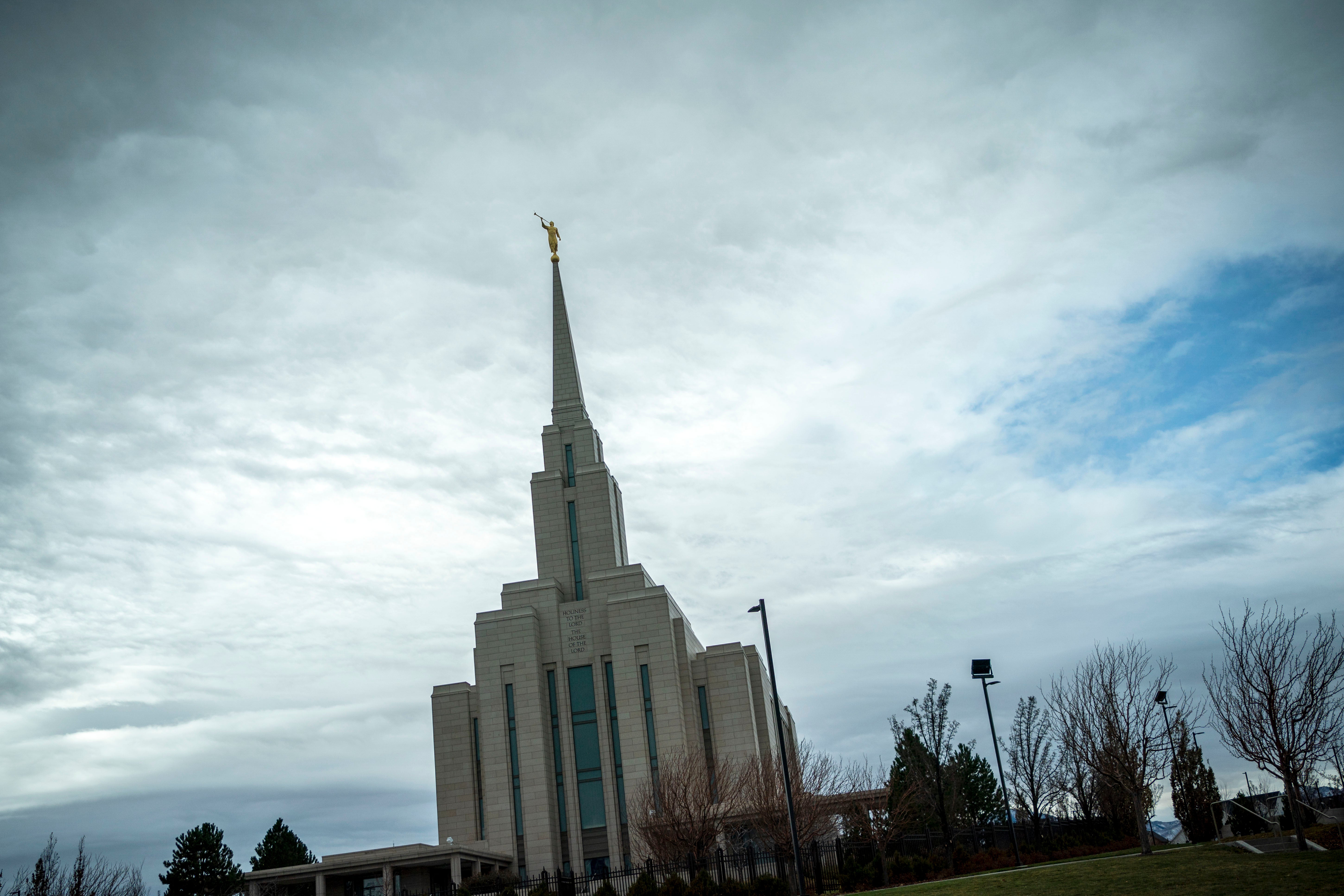The Church of Jesus Christ of Latter-Day Saints – also known as the Mormon Church – has a complex relationship with race. This article is an objective and factual review of the treatment given to Blacks in the Mormon Church. The article outlines the policies implemented and the way in which the Church changed to reject previous beliefs and practices that are linked to racism.
Blacks are part of Mormonism – Historical Overview
From 1852 until 1978, from 1852 to 1978, the Mormon Church issued a decree that banned blacks in Mormonism from being ordained priests. This restriction was a result of religious interpretations of scripture and the race-based beliefs at the period. The black community was not allowed to take part in certain rites or responsibilities of the Church. This resulted in discrimination in the Mormon community. It is vital to acknowledge that this discriminatory act wasn’t solely related to Mormonism. Instead, it represented racial prejudices commonplace in American culture at the time.

Mormon Black People and the 1978 Revelation
In 1978, Spencer W. Kimball was blessed with what Mormons consider to be a revelation from God regarding the exclusions of Blacks from the priesthood. This was believed to be a pivotal event that lifted the ban that had been in place for over 100 years. The Church of Jesus Christ of Latter-Day Saints has declared that Black people are now able to hold the priesthood, and fully participate in all aspects of their church.
The Church’s stance today rejects racist notions, striving for peace and welcoming all persons regardless of race, gender, or background, to embrace the Gospel of Jesus Christ. The Church’s doctrine today affirms all people are equal, and focuses on God’s acceptance of all people regardless of race, gender, socioeconomic situation, or other.
Joseph Smith’s Fair Treatment of Black Individuals
In spite of the prejudices against race that prevailed in the day, the Mormon Church’s founder, Joseph Smith, demonstrated an exemplary level of fairness to Black individuals. Joseph Smith may have ordained Black men to the priesthood during his lifetime, based on his own records. This was in accordance with Smith’s teachings on equality and inclusion in the Church. But, the next leaders implemented policies restricting Black individuals from the priesthood, which reflected the changing attitude towards race within the latter half of the 19th century. For more information, click Mormons Racist
Racism in the United States: A Call to for
The Church of Jesus Christ of Latter-Day Saints has taken significant actions to tackle racism and create unity among its members. The Church’s leadership has issued statements discrediting previous racial practices and beliefs. The church’s leadership has released statements disavowing the past race-based beliefs and practices.
The Church is actively promoting understanding, respect, and love among its diverse membership, affirming the value and worth of every individual. Members are educated about importance of rejecting prejudiced views, as well inclusion, cultural awareness, and sensibility.
Conclusion
Knowing the background of Blacks in Mormonism and the Church of Jesus Christ of Latter-Day Saints the evolution of addressing racial issues is crucial for fostering unity and equality. The policy that restricted Blacks from priesthood ordination for more than 100 years represents a hurtful chapter in the Church’s past. The announcement in 1978, however, was a crucial moment in the Church’s embrace of inclusivity and equal rights.
The current position of the Mormon Church rejects racism, recognizes equality, and calls for the love and acceptance of all its members. The Church has been actively moving forward in addressing its previous racial prejudices and making meaningful improvements. It is working to ensure all members feel welcome and respected in the Mormon community.